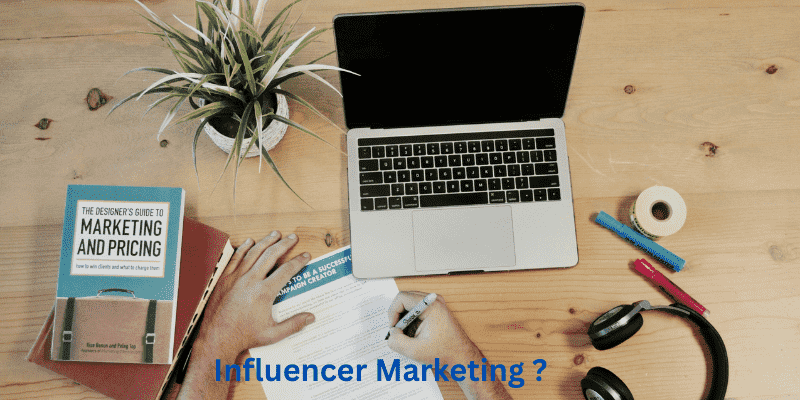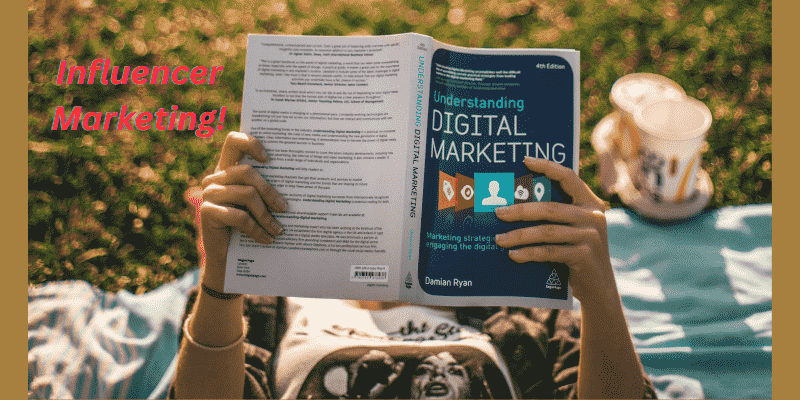How to Create a Winning Influencer Marketing Strategy on a Budget?
Published: 10/Mar/2025
Influencer marketing has become one of the most effective ways to promote products and services. However, small businesses often feel left out, believing influencer campaigns are only for big brands with hefty budgets. But guess what? You don’t need six-figure funding to create a winning influencer marketing strategy.

This blog will guide you through the process of leveraging influencers without breaking the bank. Whether you’re a small business owner, a marketing professional, or a social media manager, you’ll learn actionable tips and real-life examples to make influencer marketing work for your brand affordably.
Understanding Influencer Marketing
What is influencer marketing?
Winning Influencer Marketing involves partnering with individuals who have a dedicated social following to promote your product or service. Influencers create content that seamlessly integrates your brand into their lives, creating relatable and trustworthy endorsements.
Benefits of Influencer Marketing
- Builds Trust: People trust recommendations from influencers they follow.
- Expands Reach: Influencers help you tap into new audiences.
- Drives Engagement: Social media platforms love authentic, user-generated content.
Debunking Myths
- Myth 1: “Only celebrities can drive results.”
Fact: Micro-influencers with smaller niche audiences often have higher engagement rates.
- Myth 2: “Influencer marketing is expensive.”
Fact: Creative strategies and focusing on nano or micro-influencers can help you achieve a winning campaign affordably.
- Myth 3: “Results aren’t measurable.”
Fact: Tools now make it easy to track ROI from influencer collaborations.
Setting Clear Goals
Start by defining your campaign’s purpose. What do you want to achieve?
Key Objectives to Consider
- Brand Awareness: Want more people to know about your brand? Partner with influencers who can spread the word.
- Lead Generation: Use influencers to showcase enticing offers like discounts or free trials.
- Sales Growth: Work with influencers to promote exclusive discount codes for their followers, increasing conversions.
Establish KPIs
Some measurable KPIs for influencer marketing include:
- Engagement rates (likes, comments, shares)
- Click-through rates (CTR)
- Sales or sign-ups driven by campaigns.
Identifying the Right Influencers
Picking the right influencers is critical for a winning influencer marketing strategy.
Researching Influencers
Start your search on platforms like Instagram, TikTok, YouTube, or LinkedIn, depending on your target audience. Tools like BuzzSumo, HypeAuditor, and AspireIQ can simplify the process.

Vetting Influencers
Choose influencers whose values align with your brand. Look at their engagement rates, audience demographics, and past collaborations to ensure they are a good fit.
Aligning with the Audience
Your influencer’s audience should overlap with your ideal customer base. For instance, if you sell sustainable fashion, work with influencers who advocate for eco-friendly lifestyles.
Budget-Friendly Strategies
Big budgets are not a necessity for a winning influencer marketing strategy. Here are options that won’t break the bank.
Micro-Influencers
Micro-influencers (with 1,000 to 50,000 followers) charge less and often have highly engaged audiences.
Content Collaboration
Instead of paying influencers upfront, offer free products in exchange for content. Make sure the product is relevant and valuable to them.
Affiliate Marketing
Set up performance-based partnerships where influencers earn a commission for every sale they generate. This way, your budget aligns directly with the results.
Brand Ambassadors
Establish long-term relationships with passionate customers who can organically promote your brand in exchange for perks.
Giveaways
Collaborate with influencers to host giveaways. These are inexpensive yet effective in increasing your reach and following.
Measuring Success
Once your campaign is live, it’s essential to track its performance.
Key Metrics to Track
- Engagement: Focus on likes, shares, and comments on influencer content.
- Website Traffic: Use tracking links or UTM codes to measure traffic from the campaign.
- Conversions: Track promo codes or affiliate links to monitor sales generated.
- ROI: Compare your total spend against your revenue from influencer marketing.
Analyzing Data
Use tools like Google Analytics, Hootsuite, and platform insights to monitor the success of your campaign.
Reporting Results
Summarize key outcomes and lessons learned. Share these internally to refine future campaigns.
Case Studies
Example 1: Sustainable Skincare Startup
A small skincare brand partnered with five micro-influencers who were passionate about sustainability. They provided free products upfront and incentivized with affiliate links. Results? A 220% increase in website traffic and 15,000 new Instagram followers in just one month.
Example 2: Local Coffee Shop
A coffee shop collaborated with nano-influencers in their city. The influencers shared their café experiences, promoting a community vibe. With a small budget, this strategy boosted foot traffic by 40%.
Example 3: Fitness App
A fitness startup used performance-based agreements with influencers. They paid a small commission for each new user. This approach reduced upfront costs and achieved a 3X return on investment.
Tools and Resources
Here are some tools that simplify influencer marketing for small businesses:
- BuzzSumo: Find top influencers in your niche.
- HypeAuditor: Verify an influencer’s credibility and audience demographics.
- AspireIQ: Manage and track your influencer campaigns.
- Google Analytics: Monitor traffic, CTRs, and conversions.
- Canva: Canva helps influencers create visually appealing content.
Final Thoughts:
Influencer marketing is a dynamic strategy that’s here to stay. The key to driving success lies in building meaningful partnerships with influencers and staying within your budget. By leveraging micro-influencers and focusing on metrics, you’ll be on your way to a winning influencer marketing strategy.
FAQs
1. Can small businesses benefit from influencer marketing?
Yes! Small businesses, especially local ones, can collaborate with nano- or microinfluencers to achieve impressive results affordably.
2. How much does influencer marketing cost?
Costs vary, but you don’t need a big budget. Many micro-influencers agree to free product collaborations or performance-based pay.
3. What’s the easiest way to find influencers?
Use platforms like BuzzSumo, HypeAuditor, or even a manual search on Instagram and TikTok to discover influencers within your niche.
4. How can I measure the ROI of influencer marketing?
Track metrics like traffic, sales, and engagement. Tools like Google Analytics and promo codes help you evaluate ROI accurately.
5. Are there any free tools for influencer marketing?
Yes! Platforms like Canva, Later, and free Google Analytics provide valuable support in executing influencer campaigns.
You may also like these posts!
1- How to build a strong online reputation with digital PR?
2- How to crop and resize videos online for free?
3- Why You Should Invest in Micro-Targeting for Ads?





